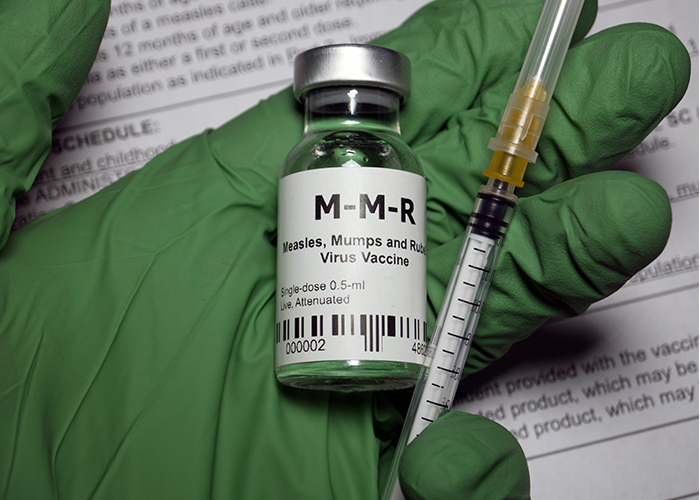Mumps cases reach 10-year high
In Analysis
Follow this topic
Bookmark
Record learning outcomes

The number of cases of mumps in England reached a 10-year high in 2019. Provisional data from Public Health England (PHE) show that there were 5,042 confirmed cases of mumps in England last year, compared to 1,066 cases in 2018.
The rise in cases looks set to continue in 2020, with 546 confirmed cases in January compared to 191 during the same period in 2019.
The rise in cases in 2019 has been largely driven by outbreaks in universities and colleges. Many of those who had mumps were from the so-called ‘Wakefield cohorts’ – young adults born in the late nineties and early 2000s who missed out on the MMR vaccine when they were children.
Mumps is a viral infection that used to be common in children before the introduction of the MMR vaccine. It is most recognisable by the painful swelling of the glands at the side of the face, giving a person with mumps a distinctive ‘hamster face’ appearance.
Other symptoms include headaches, joint pain and fever, which may develop a few days before the swelling. Although most people usually recover from mumps without treatment, in some cases it can cause complications such as inflammation of the testicles, and in rare cases, meningitis and deafness.
Vaccination prevents most, but not all, cases of mumps and even if a vaccinated person does get mumps, they will likely have a less severe illness than an unvaccinated person.
PHE and NHS England have recently launched an MMR catch-up programme for children aged 10 to 11 years old to ensure they are fully vaccinated if they missed out in childhood.
